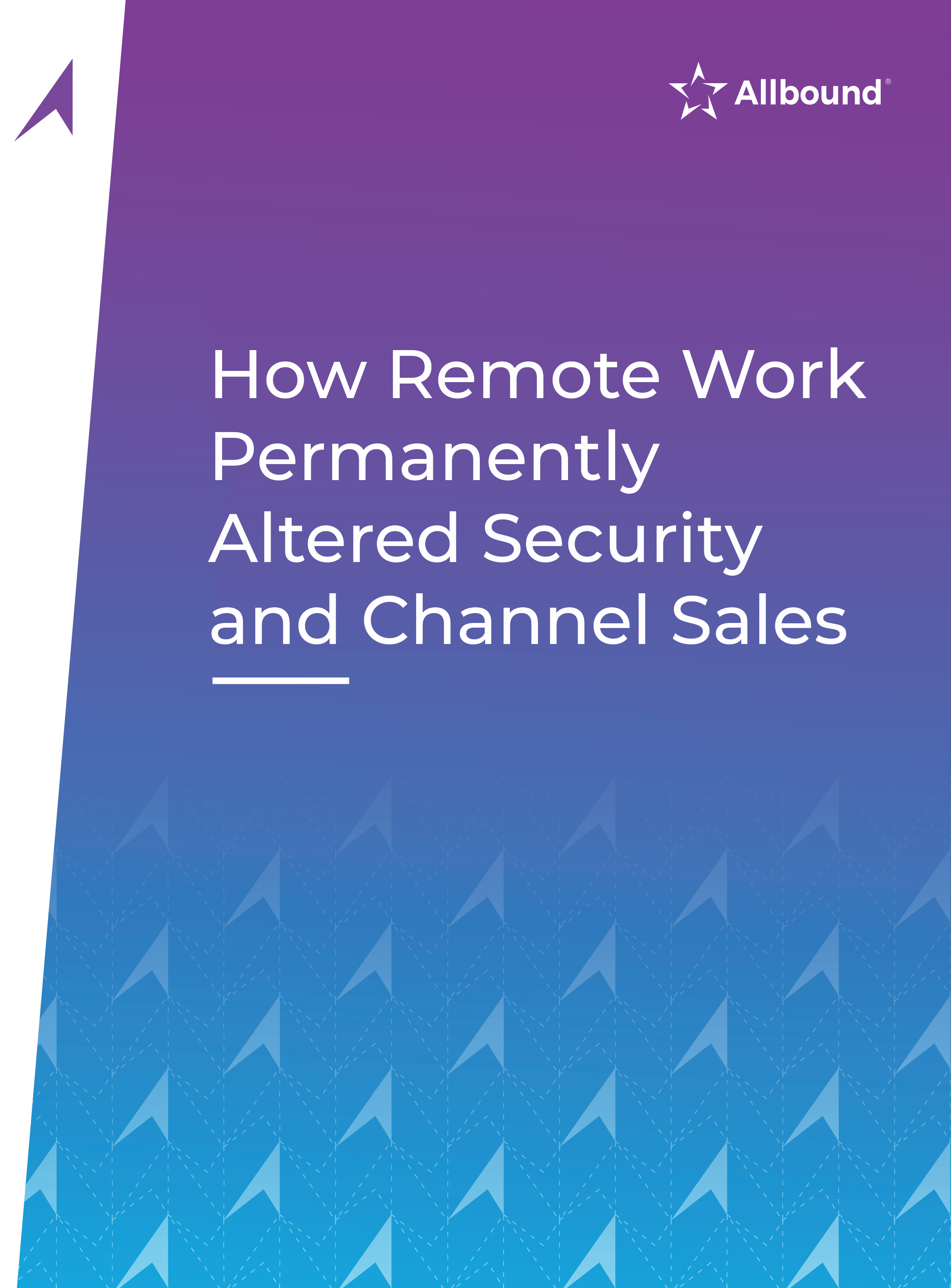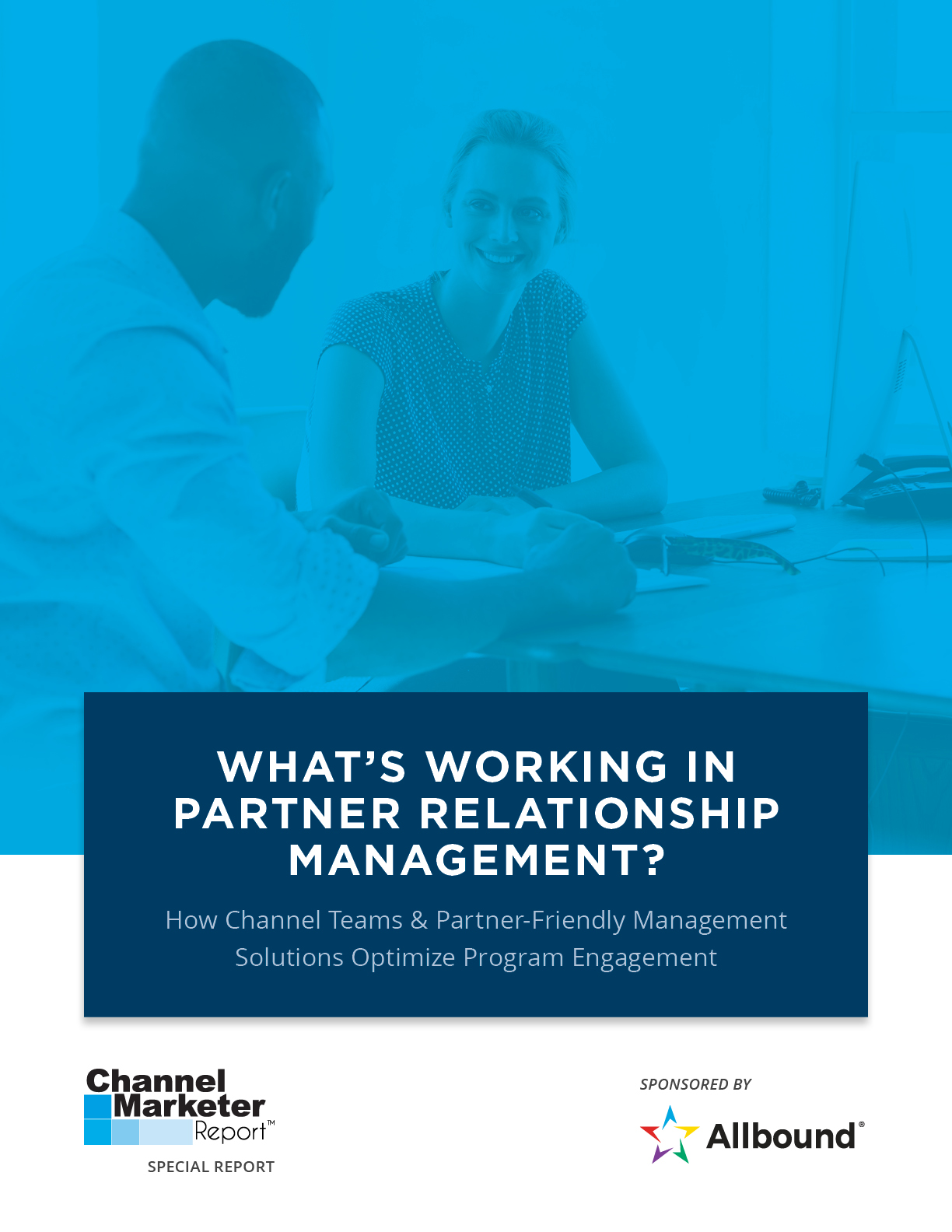Topics
Infinio VP Of Global Channel Discusses Channel Relationship Dynamics
 Regardless of whether they sell software or hardware, all technology providers have one core challenge: To reach their partner communities effectively and drive ongoing loyalty and revenue.
Regardless of whether they sell software or hardware, all technology providers have one core challenge: To reach their partner communities effectively and drive ongoing loyalty and revenue.
Although it’s important that all content, messaging and best practices are aligned with the key vendor brand, partners also need to inject their personal experiences and thought leadership in order to improve relationships with end-users. But how can all channel players strike this balance?
In the below Q&A, Bob Skelley, VP of Global Channel of Infinio, shares his experiences and best practices for operating a loyal and effective network of channel partners. With more than 20 years of executive-level experience in the channel, Skelley has held positions at Dell, EqualLogic and Microsoft.
Channel Marketer Report (CMR): Based on your experience in the channel, how has the overall ecosystem changed?
Skelley: In a few ways: The most obvious has been the impact that the cloud has had on channel partner business models. Today it is almost mandatory that solution providers have a cloud component to its business offerings and to think about how to drive recurring revenue streams. As a result, a hybrid go-to-market model has been widely adopted. Couple that with the emergence of software-defined “everything” and hardware resale will be a much smaller part of their overall revenue model. Hardware is not going away, but solution providers need to adapt business models to incorporate these newer, disruptive technologies.
CMR: During your time at Dell, EqualLogic, Microsoft and now Infinio, what have you found to be your top challenges and pain points as a channel executive?
Skelley: Reaching your partner community in a meaningful way with programs, messages and calls-to-action that get their attention and retain mindshare. Solution providers are being bombarded with communications with increasing overall demands from their vendor communities. So how do you raise your message above the noise? How do you differentiate and stand out among the rest? This is an ongoing issue for both large and small vendors.
CMR: There is an ongoing debate around whether companies should encourage channel partners to operate under the client’s name brand environment, or let them operate in a more agile and independent environment. Do you have a specific opinion on this matter?
Skelley: First off, any vendor dictating to a solution provider how to run their business is missing the mark, and frankly, doesn’t get it. These are independent businesses, often small- to mid-sized with an active founder who has an entrepreneurial spirit at the core. You should never try to mandate how they run their business. That is their decision. Your objective needs to be earning their trust and their business every day. A vendor should make an effort to understand their business, and then develop a program and go-to-market approach that partners can adopt to grow the business together.
CMR: What have you learned while facing this channel debacle?
Skelley: You need to listen to your partners, understand their business and structure an engagement model that allows for flexibility and creates an environment to thrive. That is not marketing speak.
An environment to thrive means making sure your partners can be successful, it means that they can make a fair profit, it means that there is balance between what you are asking of them and the value of the opportunity you are delivering. It requires open communication, transparency and trust. If you do all of those things well, the solution provider’s decision to adopt your branding strategy versus an independent voice is inconsequential.
CMR: How does this decision impact the channel environment from an overall engagement and even brand perspective?
Skelley: Some vendors will make the mistake of investing only in a partner’s willingness to adopt their brand or to only lead with their solutions, but this is short sighted. Not only will you limit the partnerships you can nurture, but you will limit the diversity of perspectives and the level of talent within your channel ecosystem.
CMR: What should channel players consider while determining whether to make partners operate under the brand or in a more independent way? What advice do you have?
Skelley: Make a business decision that is right for both companies. There is no single path to success, so do not require your partners to choose one. And as a solution provider, regardless of the business model you adopt, demand that your vendors are transparent, flexible and invested in the success of your business. This is a partnership, after all.














